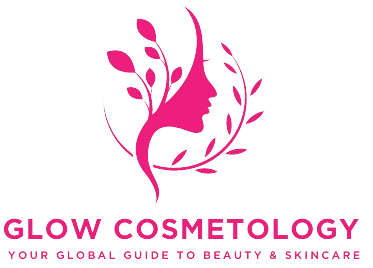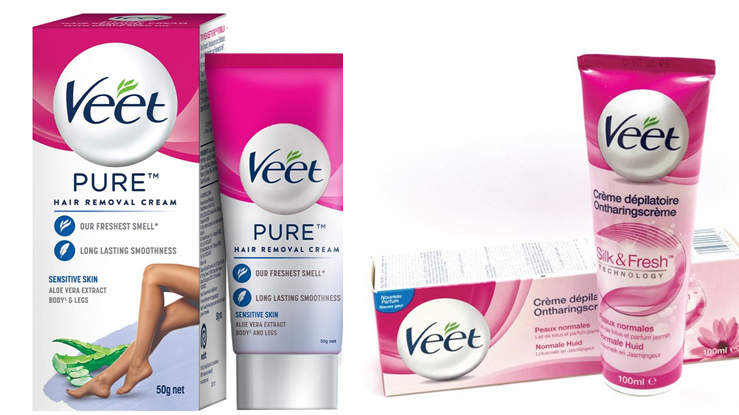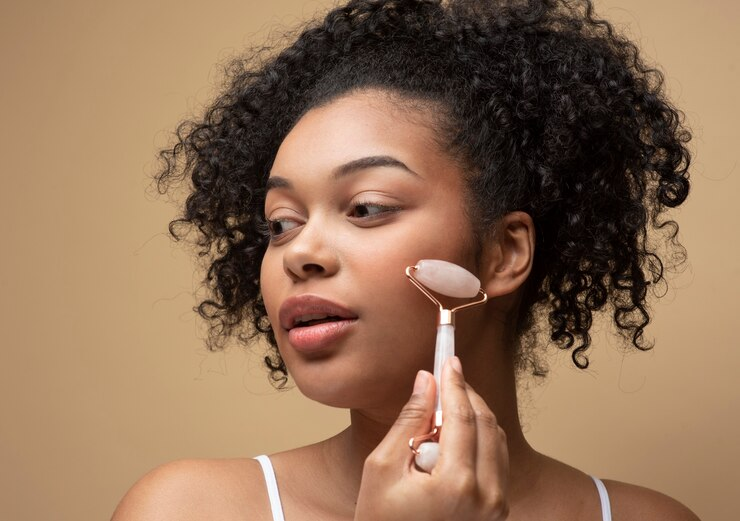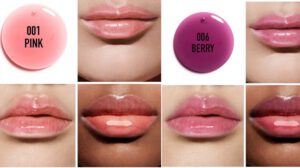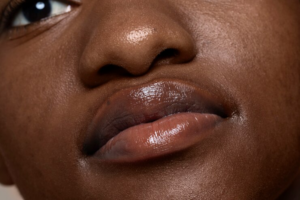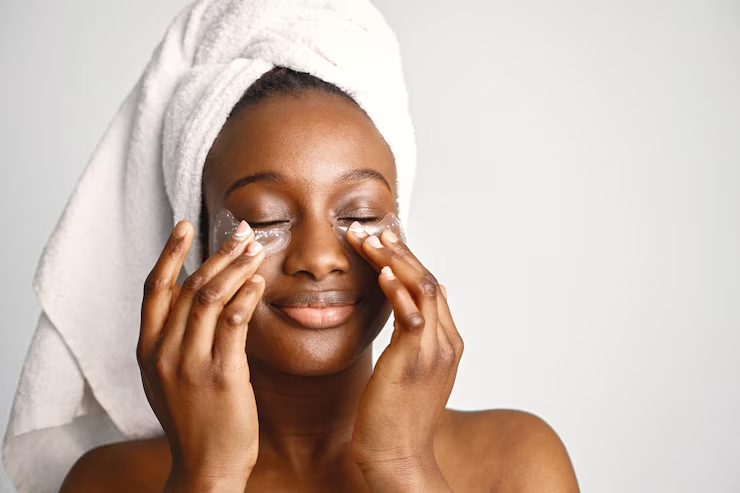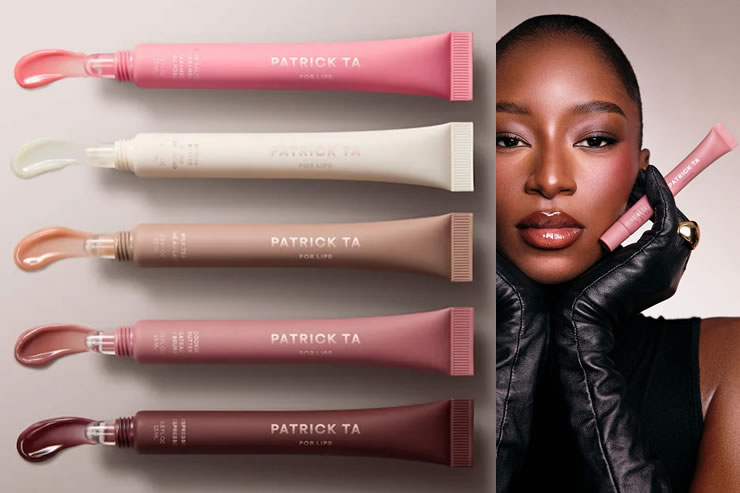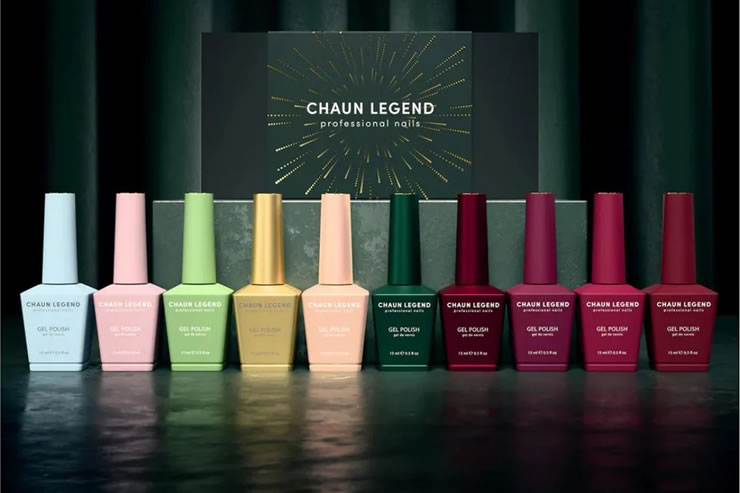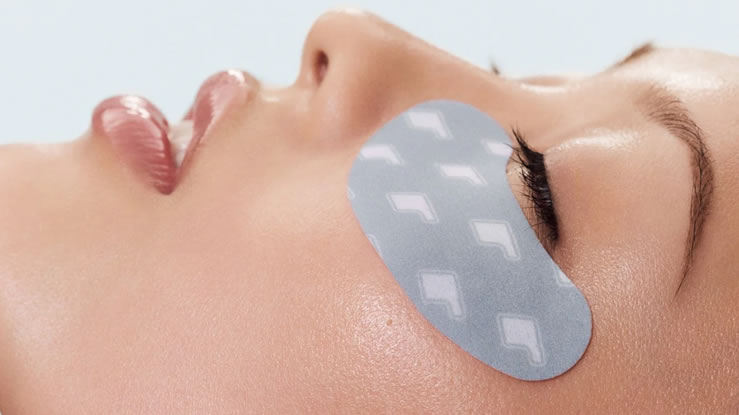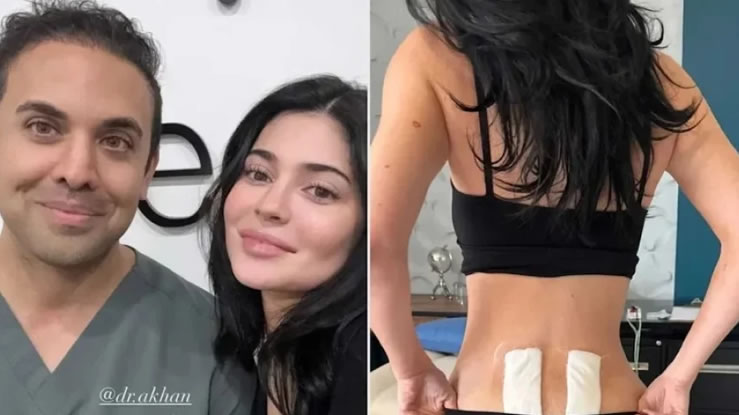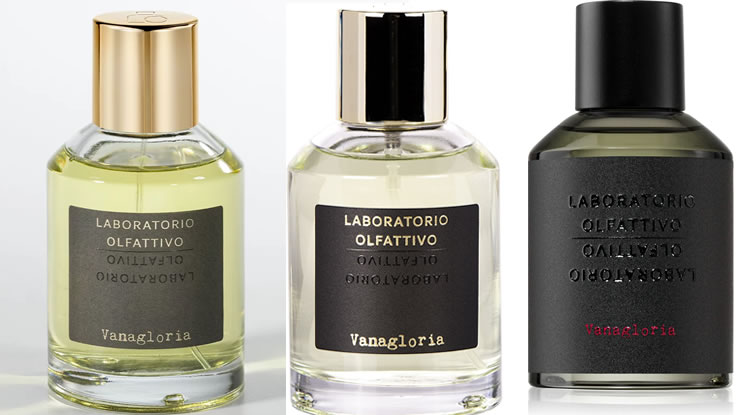Hair removal is a personal choice, especially when it comes to the delicate area of private parts. With so many products and tools available in today’s beauty and grooming market, it’s easy to get overwhelmed when deciding the best method for you. Among the most common choices are shaving and the use of depilatory creams, with Veet hair removal products being some of the most popular on the market. But when it comes to comfort, safety, effectiveness, and long-term results, is Veet really better than shaving for your private parts?
The Basics of Shaving
Shaving is one of the oldest and most accessible hair removal methods. Many people start shaving from a young age simply because it’s cheap, fast, and doesn’t require much learning. All you need is a good razor and some water or shaving cream. However, when it comes to sensitive areas like the bikini line or the entire pubic region, shaving can become a bit more complicated. The skin in this area is thinner and more prone to irritation, and because the hair is coarse and grows in multiple directions, it’s common to experience razor burn, cuts, and ingrown hairs.
Understanding Veet Hair Removal Creams
Depilatory creams like Veet hair removal products are designed to break down the protein structure of hair, making it easy to wipe off with minimal effort. The result is a smoother finish compared to shaving, because the cream dissolves the hair slightly below the skin’s surface. Veet hair removal is available in options specifically made for sensitive skin, making it a go-to choice for those looking for gentle hair removal in intimate areas.
Read Also>>>What are the disadvantages of Veet hair removal?
Comparing Results: Smoothness and Skin Feel
One of the main benefits users mention when switching from shaving to Veet is the reduction in ingrown hairs and bumps. Since there’s no blade dragging across the skin, there’s less friction and irritation. Many who have tried both methods say their skin feels softer for longer after using Veet compared to shaving.
On the other hand, shaving only cuts the hair at the skin’s surface. The regrowth is faster and often feels prickly. Veet tends to delay hair regrowth a bit more, and the new hair feels softer since the tip isn’t blunted like it is after shaving.
Risks and Side Effects
Shaving can cause razor burns, cuts, and ingrown hairs—especially when done with a dull blade or on dry skin. It may be quick, but it’s also harsh on sensitive areas.
With Veet hair removal creams, the main risk is chemical irritation. These creams contain ingredients like calcium thioglycolate or potassium hydroxide that can irritate sensitive skin. This is why patch testing is essential before full application. Some people report redness or a slight burning sensation if the cream is left on too long or if their skin is already compromised.
Application Time and Convenience
Shaving can be done almost anywhere, anytime. You hop in the shower, do a quick touch-up, and you’re done in minutes. Veet requires a bit more time and care. You apply the cream, wait 5 to 10 minutes (depending on the product), and then remove it carefully. For people in a rush, shaving may be more appealing, but for those who value a more lasting smoothness, Veet hair removal offers an alternative worth considering.
Cost Comparison Over Time
Razors are cheap in the short term, but they require frequent replacements. Plus, you’ll need shaving creams or gels and post-shave treatments to reduce irritation. Veet products may cost more per item, but a single tube can last for several uses and often eliminates the need for extra moisturizing or soothing products since many formulas include aloe vera or vitamin E.
Which Method Is More Hygienic?
Both methods have potential hygiene issues if not done properly. Shaving can create microtears, which open the skin to bacteria. Veet doesn’t cut the skin, reducing the risk of infection, but if any cream residue is left behind or used on already irritated skin, it can cause problems too. Proper aftercare—like rinsing thoroughly and moisturizing—is key in both cases.
What Real Users Say about Veet hair removal
User reviews often help shape public opinion. People who have used both methods usually report that Veet offers a more comfortable and longer-lasting result for their private parts. Several women mention fewer ingrown hairs and smoother skin with depilatory creams. Some also appreciate not having to worry about cuts in such a sensitive area.
On the flip side, those with very sensitive skin or allergies often stick to shaving because they react to the chemicals in Veet hair removal creams. Some people alternate between both depending on their needs or time constraints.
Veet hair removal for Sensitive Areas
Veet offers a line of products specifically designed for sensitive skin and the bikini line. These formulas use gentler ingredients and are dermatologically tested for delicate areas. While not all Veet products are suitable for full pubic hair removal, many users find them effective and safe when used correctly. Always read the label to ensure the product is intended for intimate areas.
Men’s Experiences with Veet hair removal
Though traditionally marketed to women, more men are using Veet hair removal products for grooming. Feedback is mixed. Some say it works well and offers a cleaner finish than shaving. Others feel that for coarse hair, the cream isn’t always as effective, or they experience mild irritation. Still, the trend shows growing interest in cream-based hair removal solutions for all genders.
Longevity of Results after Veet hair removal
Shaving generally gives results that last one to three days, depending on hair growth rate. Veet hair removal tends to offer smoother skin for a bit longer—up to four or five days for some users. Because the hair is dissolved below the surface, it takes slightly longer to grow back, and the regrowth feels softer.
Skin Care After Hair Removal
No matter which method you choose, aftercare is vital. Always moisturize your skin after shaving or using Veet to soothe the area and reduce the chance of irritation. Avoid tight clothing that can cause friction and give your skin a chance to breathe.
If using Veet, avoid applying it to irritated or broken skin, and rinse off completely. For shaving, always use a clean, sharp razor and consider exfoliating beforehand to prevent ingrown hairs.
Which One is Better?
If your main goal is quick, accessible, and low-cost hair removal, shaving might still work for you—especially if you have tough skin and aren’t prone to razor bumps. But if you’re looking for smoother results with less chance of irritation and a longer-lasting feel, Veet hair removal might be the better option.
Both methods require care and attention. No hair removal solution is perfect for everyone, so it comes down to personal preference, skin type, and lifestyle. Try both methods, pay attention to how your skin responds, and stick with what feels best and most comfortable for you.
